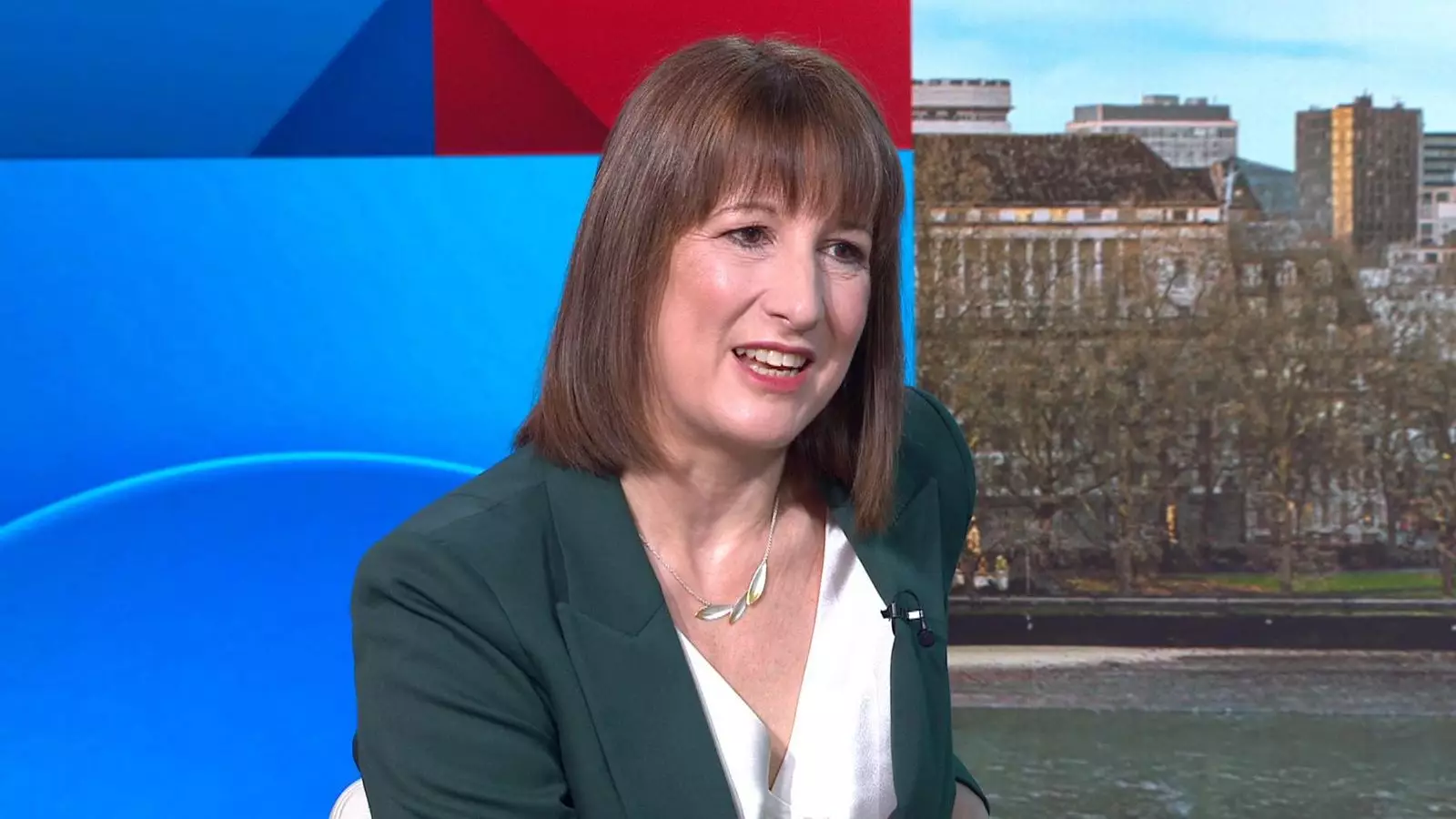In a country where the idea of home embodies stability and comfort, the grim reality of thousands struggling for mere shelter is shocking. The UK is grappling with an escalating housing crisis, constraining both low-income families and those who find themselves homeless, as evidenced by the staggering 1.3 million households on waiting lists for social housing. The recent government announcement of a £2 billion plan aimed at constructing 18,000 new homes is a noteworthy initiative, yet it poses the essential question: is this initiative truly a panacea for the systemic issues at play, or simply another temporary measure that fails to address the root causes?
Government Promises versus Time-Honored Expectations
Chancellor Rachel Reeves has framed this funding as a “down payment” from the Treasury on a more substantial investment strategy to alleviate housing shortages—yet the skepticism surrounding such statements is palpable. Historical patterns suggest that government pledges regarding the housing market are often filled with lofty rhetoric yet bereft of actionable follow-through. The Chancellor’s enthusiasm will be met with scrutiny, especially in light of impending austerity measures that hint at cuts to essential welfare programs. How can we expect fundamental change when the government simultaneously prepares to slash department budgets that deal with social support?
While the notion of constructing 1.5 million new homes over the next five years is undeniably ambitious, it lacks specificity about the nature of these homes—will they genuinely be affordable, or will they serve as another means for market-driven initiatives to profit off the back of the impoverished? Charities and experts have suggested that, to truly address the crisis, the majority of newly built units must be reserved for social rent. Anything less would merely serve as a Band-Aid, perpetuating a cycle where emergency housing continues to be a crutch for a society unwilling or unable to address long-term structural deficiencies.
Charity Voices and the Need for Social Rent
Non-profit organizations, like Crisis, have expressed relief at the government’s announcement. Echoing the sentiments of many advocates, Matt Downie articulated the hope that this plan could signal a much-needed shift in policy concerning homelessness. However, how much optimism should be afforded to government initiatives that have too frequently underdelivered? The frustrations stemming from record high homelessness should prompt the government to heed charity calls for prioritizing social housing, rather than peddle an illusion of stability through poorly-defined housing solutions.
The phrase “everyone deserves to have a safe place to call home” is often echoed in political discourse, but its frequency is hollow if not backed by serious investment in social housing. With so many families pared down to precarious living situations, the demand is not just for homes but for homes that can be called truly livable—affordable, accessible, and moderately reliable means of support for the vulnerable.
A Housing Policy That Prioritizes Profits?
One cannot ignore the looming specter of big tech and corporate interests swirling around housing policy. Funds seemingly become more available to accommodate the interests of economically powerful sectors than to serve those in desperate need. The anticipated cuts to a digital services tax, aimed at appeasing American corporations, further illustrate how governmental priorities may be misaligned with the pressing needs of the populace. Housing should not become a commodity merely for profit-making but rather a right that ensures every individual has access to secure shelters.
Debates around the nature of housing in England have become hyper-political, dividing ideologies about how best to support the citizens. Liberalism should drive a deeper commitment to social stability and equality rather than a market-driven model that prioritizes profit over people. Fundamental transformations can only arise when housing policy is centered squarely on the fundamental belief in public good rather than private profit.
With the promise of 18,000 new homes on the horizon, the question of whether these houses will truly accommodate the most vulnerable remains. This initiative can either be viewed as a pivotal moment towards meaningful reform or another empty promise tacked onto a capricious political agenda—until the dust settles, uncertainty remains.


Leave a Reply